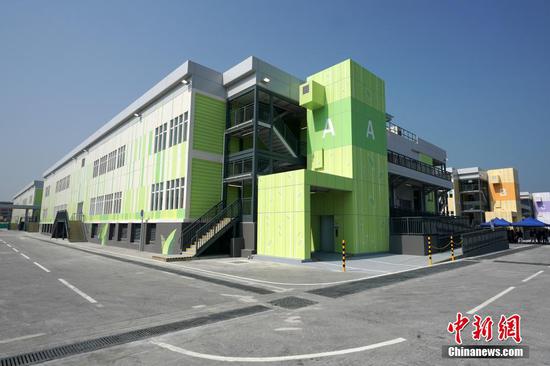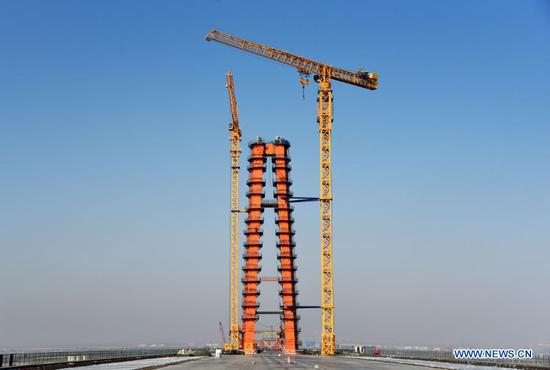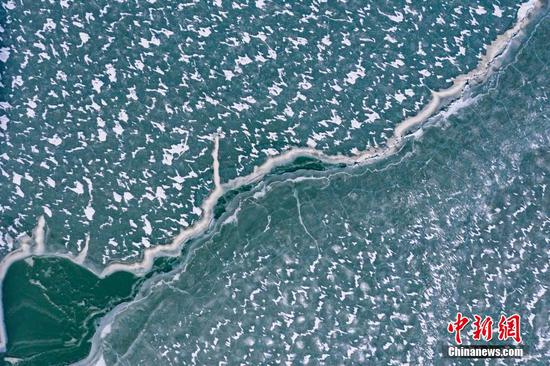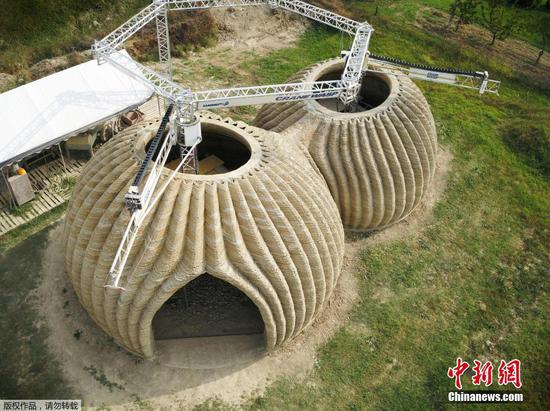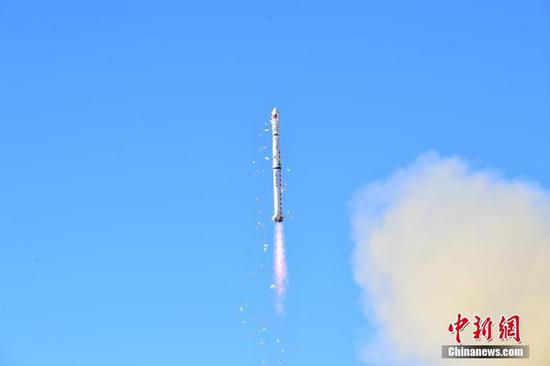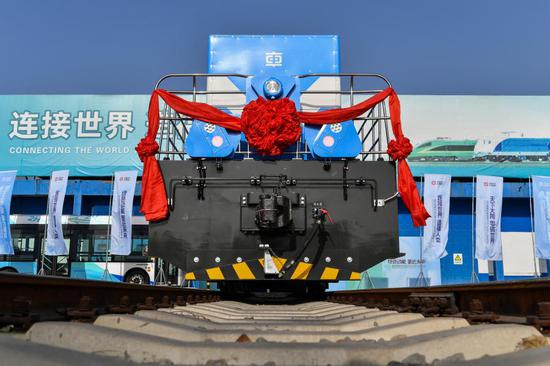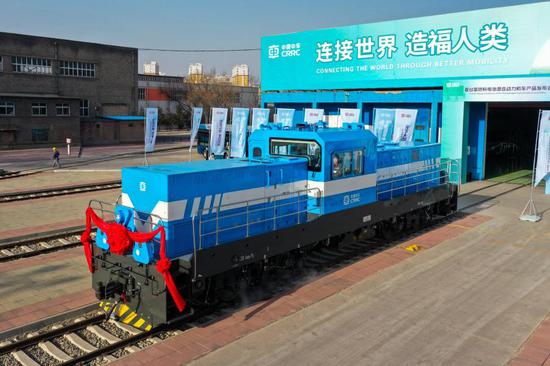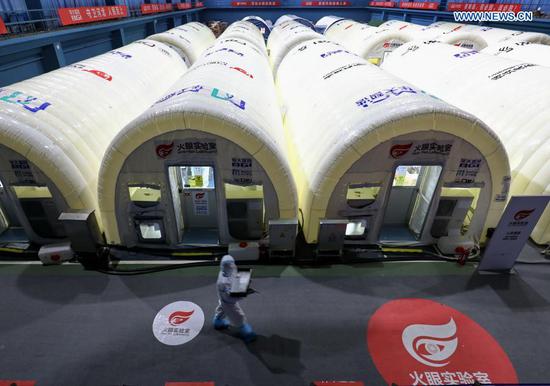The South-to-North Water Diversion Project, the world's largest, has transferred over 40 billion cubic meters of water through its middle and eastern routes since it went into operation, according to official data released Sunday.
The project has greatly contributed to ensuring the drinking water safety of hundreds of millions of people, promoting economic and social development along its route, while improving the ecological environment, said the Ministry of Water Resources.
The middle route, the most prominent of three due to its role in feeding water to the nation's capital, starts from the Danjiangkou Reservoir in central China's Hubei Province and runs across Henan and Hebei before reaching Beijing and Tianjin. It began supplying water on Dec. 12, 2014.
The eastern route began operations in November 2013, transferring water from east China's Jiangsu Province to feed areas including Tianjin and Shandong.
The western route is at the planning stage and is yet to be built.
The follow-up construction of the middle and eastern routes, as well as the preliminary work of the western route project, will be promoted solidly.


















